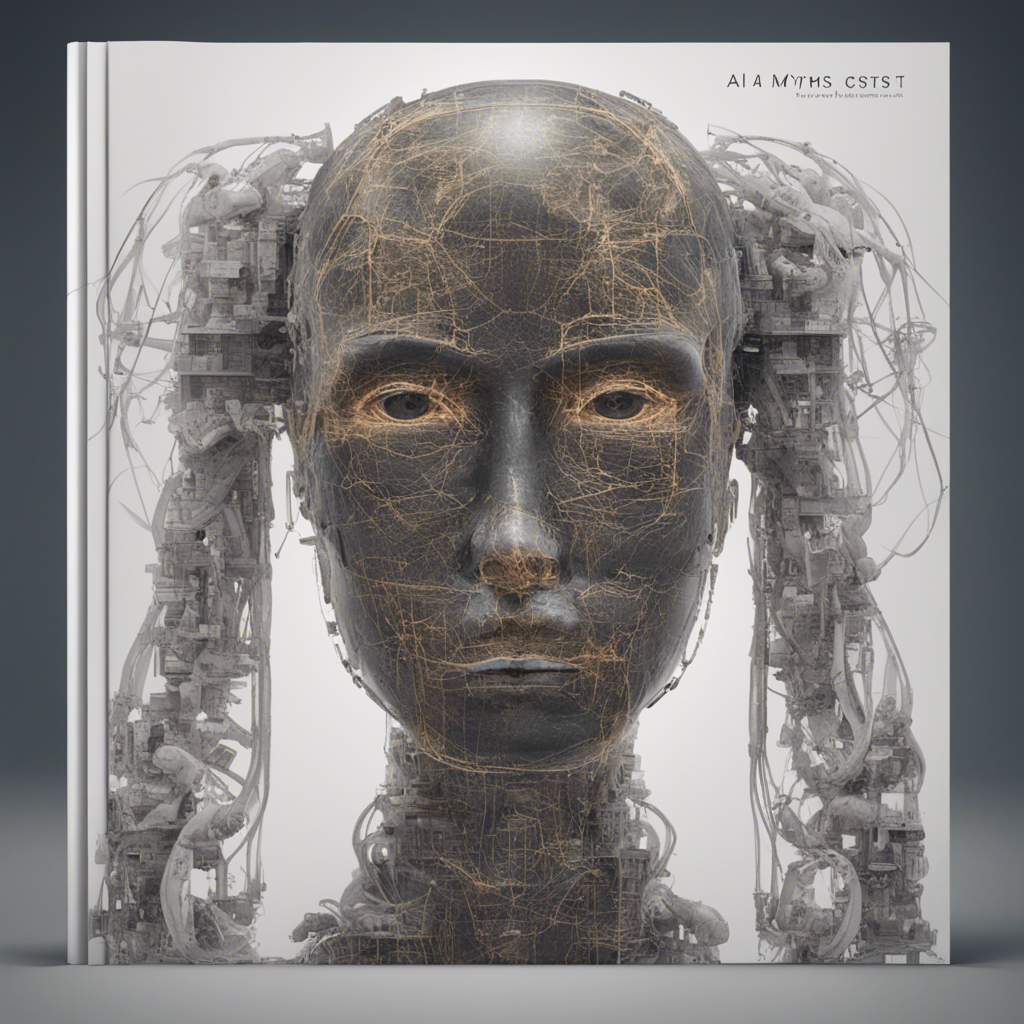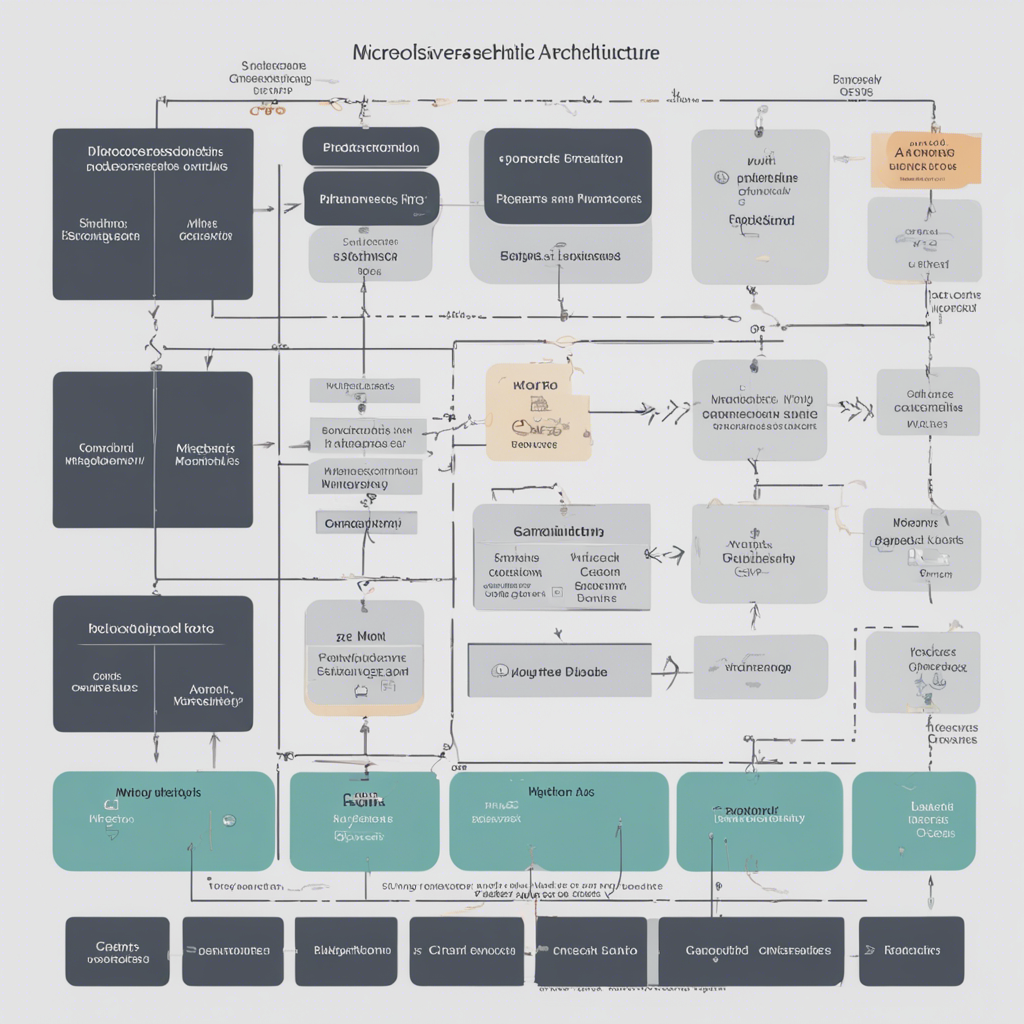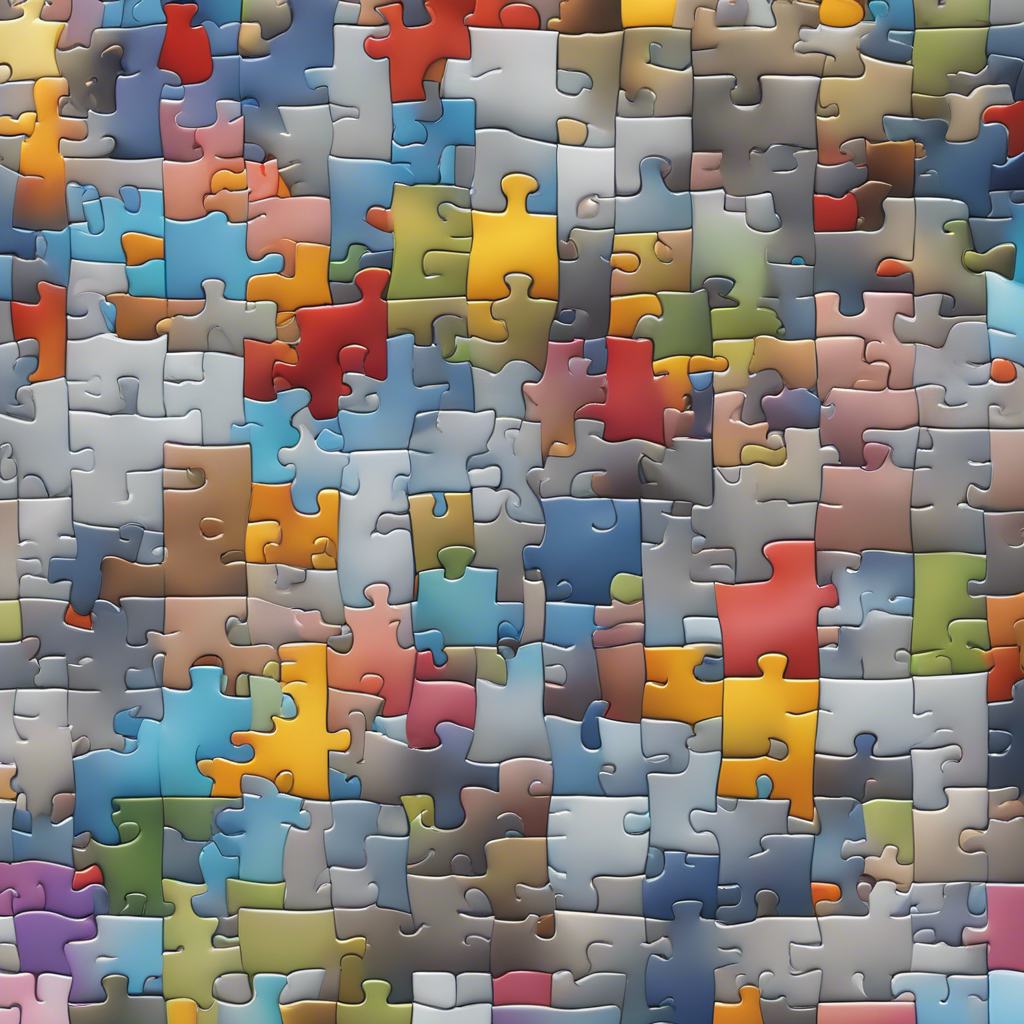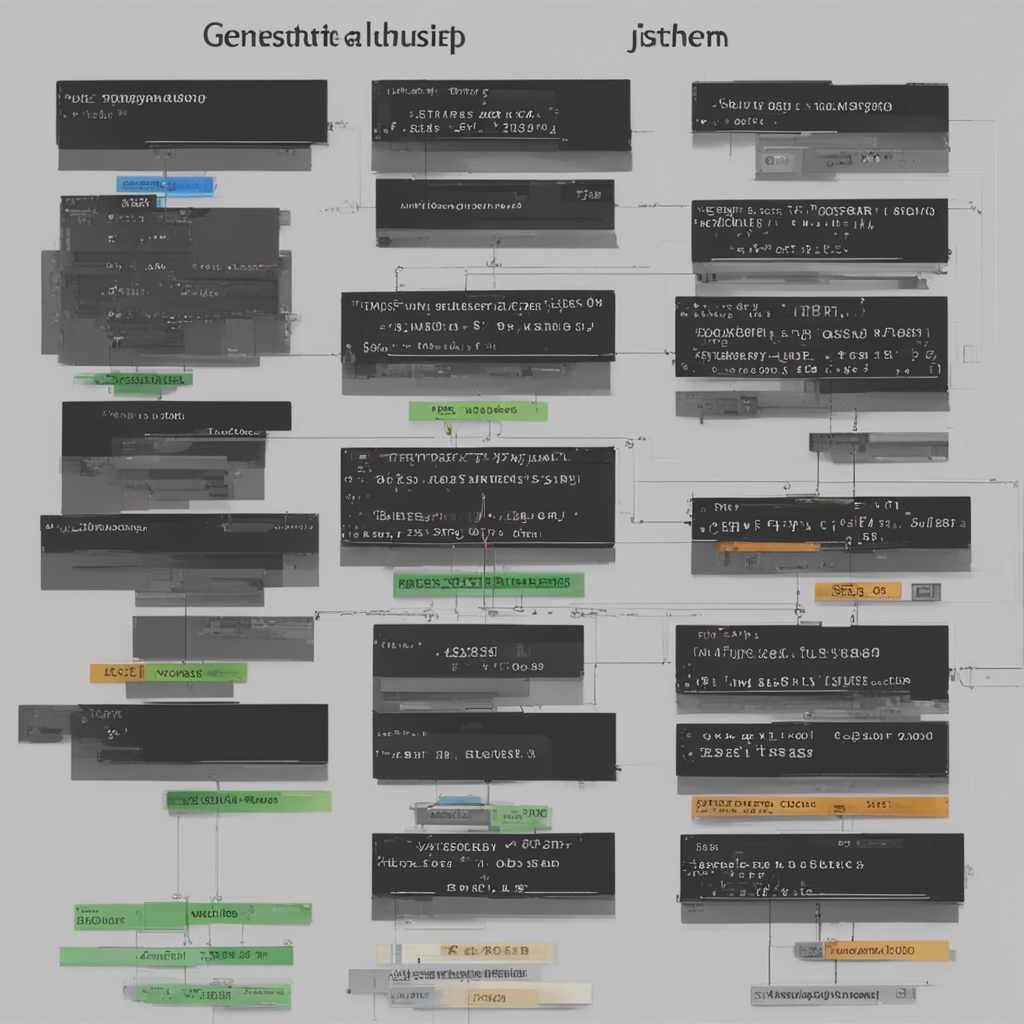
The Internet of Things (IoT) and Connected Devices: Revolutionizing the Way We Live
Introduction to the Internet of Things (IoT)
In today’s digital age, we are witnessing groundbreaking advancements in technology that are transforming our lives in ways we never imagined. One of the most prominent developments is the Internet of Things (IoT), which has gained significant traction in recent years. IoT refers to a network of interconnected physical devices, sensors, and software applications that communicate and exchange data with each other over the internet. This network enables devices to collect, analyze, and share valuable information, leading to the creation of a smart, connected world.
The Growth of IoT and Connected Devices
The growth of IoT and connected devices has been nothing short of exponential. According to a report by Gartner, the number of connected devices is expected to reach a staggering 25 billion by 2021, a testament to the rapid adoption of this technology across various industries and sectors. From smart homes to smart cities, from wearables to industrial automation, the potential use cases for IoT are limitless.
How IoT Works
At its core, IoT is built on the foundation of connectivity and data exchange. A typical IoT setup involves four key components:
-
Devices and Sensors: These are the physical devices embedded with sensors and actuators that gather and transmit data. Examples include smart speakers, wearables, home appliances, and industrial machinery.
-
Connectivity: IoT devices rely on internet connectivity to communicate with each other and transmit data to the cloud. This can be achieved using multiple protocols, including Wi-Fi, Bluetooth, cellular networks, and low-power wide-area networks (LPWAN).
-
Data Processing: Once the data is collected from the devices, it is processed, analyzed, and transformed into actionable insights. This is typically done in the cloud or at the edge, depending on the specific use case.
-
Applications and Services: The processed data is then made available to end-users through various applications and services. These applications can range from consumer-facing mobile apps to enterprise-level platforms.
The Benefits of IoT and Connected Devices
The proliferation of IoT and connected devices is driven by the numerous benefits they offer. Let’s explore some of the key advantages:
1. Improved Efficiency and Productivity
IoT enables organizations to streamline their operations, leading to improved efficiency and productivity. For instance, in the manufacturing industry, IoT-powered sensors can provide real-time insights into machine performance, allowing proactive maintenance and minimizing downtime. In agriculture, IoT can optimize irrigation systems based on soil moisture levels, reducing water consumption and increasing crop yields.
2. Enhanced Convenience and Automation
Connected devices have made our lives more convenient and automated. From smart thermostats that learn our temperature preferences to voice-controlled virtual assistants that manage our daily tasks, IoT has empowered us to live in smart homes. Moreover, wearable devices like fitness trackers and smartwatches have revolutionized the way we monitor our health and fitness, providing personalized feedback and actionable insights.
3. Improved Safety and Security
IoT has significantly enhanced safety and security in various domains. In-home security systems equipped with IoT sensors and cameras allow homeowners to monitor their properties remotely. In healthcare, IoT devices can track patients’ vital signs and send alerts in real-time, ensuring timely medical interventions when necessary. Similarly, IoT can be utilized to enhance public safety by implementing intelligent surveillance systems that monitor crowded areas and detect potential threats.
4. Environmental Sustainability
IoT holds immense potential for promoting environmental sustainability. By utilizing IoT sensors, buildings can optimize energy consumption by adjusting lighting and temperature based on occupancy patterns. Smart grids equipped with IoT technology can monitor electricity usage, enabling better management and reducing wastage. Additionally, IoT can facilitate precision agriculture techniques, such as targeted irrigation and optimized pesticide usage, minimizing environmental impact.
The Challenges and Considerations
As with any emerging technology, IoT faces certain challenges and considerations that need to be addressed:
1. Security and Privacy Concerns
As the number of connected devices increases, so does the potential for security breaches and privacy infringements. Ensuring robust security measures, such as encryption and authentication protocols, is crucial to safeguarding sensitive data and protecting user privacy. Additionally, proper data governance and compliance frameworks should be established to regulate the collection, storage, and usage of personal information.
2. Interoperability and Standardization
IoT encompasses a vast ecosystem of devices, platforms, and protocols. However, ensuring seamless interoperability and standardization across different IoT technologies remains a challenge. The lack of common protocols and communication standards hinders the scalability and integration of IoT devices. Efforts are being made to establish universal standards such as MQTT and CoAP to address this issue, but widespread adoption is still evolving.
3. Data Management and Analysis
The massive influx of data generated by IoT devices poses significant challenges in terms of data management and analysis. Organizations need robust data storage infrastructures, coupled with advanced analytics capabilities, to derive meaningful insights from the vast amounts of data collected. Cloud computing and edge computing technologies play a vital role in addressing these requirements, enabling efficient data processing and analysis.
Conclusion
The Internet of Things (IoT) and connected devices have the potential to transform every aspect of our lives. As this technology continues to evolve, it is important to understand the benefits, challenges, and considerations it brings. From improving efficiency and productivity to enhancing convenience and automation, IoT is reshaping industries and opening up new possibilities. As consumers and businesses embrace the potential of IoT, the need for robust security, interoperability, and data management practices becomes paramount. With careful consideration and implementation, IoT holds the promise of a connected future that can bring immense value to individuals, communities, and the global society.
Note: The information in this blog post is based on various industry research reports and credible sources such as Gartner, Forbes, and TechCrunch. Full references can be found below.
References:






